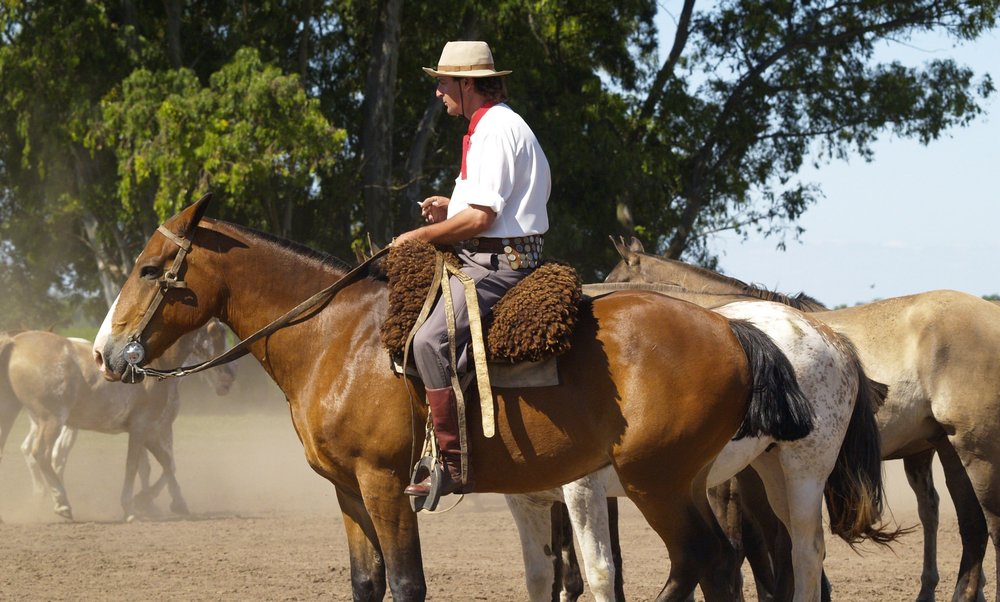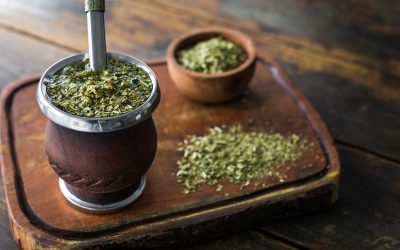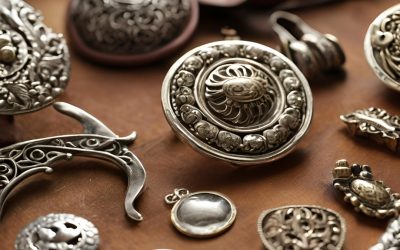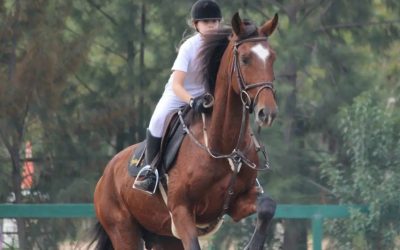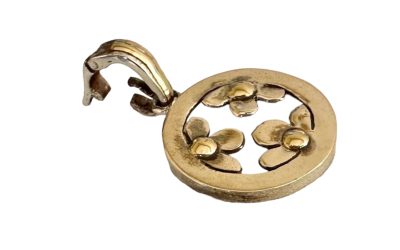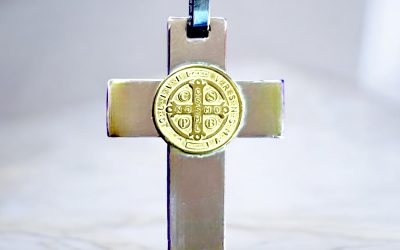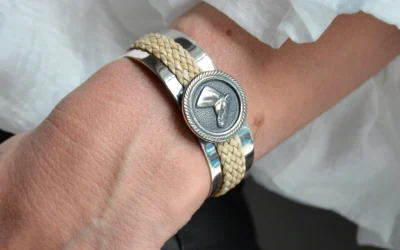The Argentine Gaucho saddle, also known as “silla de montar criolla,” is a traditional saddle that has been used by Argentine Gauchos for centuries. The Gauchos are the iconic cowboys of Argentina who have a rich history of cattle herding and horseback riding.
The Argentine Gaucho saddle has its roots in the Spanish colonial era, when the Spanish brought horses to South America. The saddle evolved over time to meet the needs of the Gauchos who were working on the vast pampas or plains of Argentina. The saddle was designed to provide maximum comfort and functionality for the rider during long hours of horseback riding and cattle herding.
The Argentine Gaucho saddle is different from other traditional saddles in several ways. It has a flat seat, which is wider than most other saddles, and the stirrups are hung farther forward, allowing the rider to maintain a stable and comfortable position. The saddle also has a large, high cantle and pommel, which provide support and balance to the rider, especially during fast and sudden movements.
The saddle is made of high-quality materials, such as leather, which is hand-stitched and adorned with intricate designs and patterns. The saddle is also equipped with a sheepskin or wool lining, which provides extra comfort and cushioning for the rider.
In addition to its functionality, the Argentine Gaucho saddle is also a symbol of Argentine culture and tradition. It is often decorated with silver or brass embellishments, including conchos and stirrup guards, which are crafted by skilled silversmiths.
Today, the Argentine Gaucho saddle is still used by Gauchos and horse riders throughout Argentina and around the world. It has become an important part of Argentine cultural heritage, and is often showcased in exhibitions and events, such as the annual National Gaucho Festival in San Antonio de Areco, Buenos Aires.
How to Prepare the Perfect Mate and What Foods to Pair
Welcome to the world of mate! This cherished South American brew isn't just a drink—it's a whole...
How to Cure a New Mate Gourd: A Step-by-Step Guide
Curing a new mate gourd is an essential step to prepare it for optimal use and to enhance the...
Why Your Life Is Missing Out Without Argentine Mate – Sip the Fun!
Discover the Delightful Benefits of Drinking Mate Like an Argentine Mate, a traditional South...
The Tradition of Gaucho Silverwork in Argentina: A Legacy of Elegance and Craftsmanship
Origins of Gaucho Silverwork in Argentina Gaucho silverwork in Argentina has its origins in the...
Why Your Wardrobe Desperately Needs an Argentine Leather Handbag!
Tradition That Makes a Difference In the world of fashion, there's one accessory that never goes...
Argentine Show Jumping Horses: National Pride and Equestrian Passion
Explore the World of Show Jumping Horses in Argentina Argentina is renowned for its rich rural...
Enhancing Jewelry Versatility and Elegance: The Innovative Hinged Bail System
The "hinged bail," also known as a pendant enhancer, represents a significant advancement in...
Saint Benedict and the Benedictine order
Saint Benedict of Nursia: Saint Benedict of Nursia (480-547) is known as the founder of...
All About Alpaca Silver: A Comprehensive Guide to its Beauty and Benefits
Welcome to Pieces of Argentina, where we celebrate the timeless beauty and cultural significance...
The Holy Spirit: An in-Depth exploration of itS Significant role
The Holy Spirit medal carries deep spiritual meaning, making it an ideal symbol for those...

